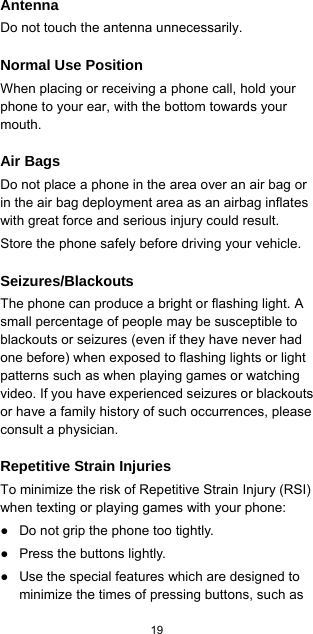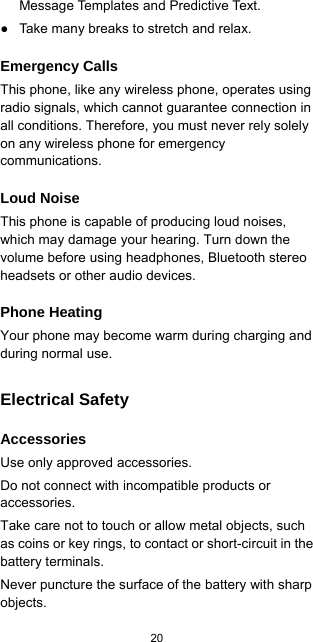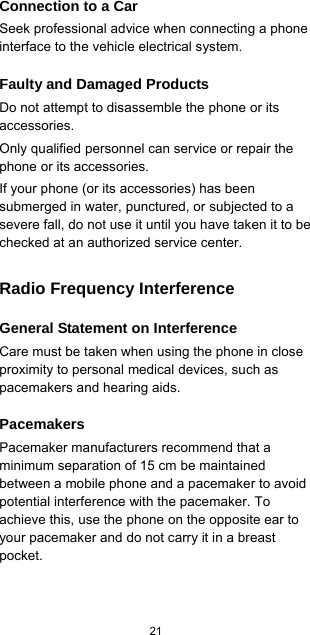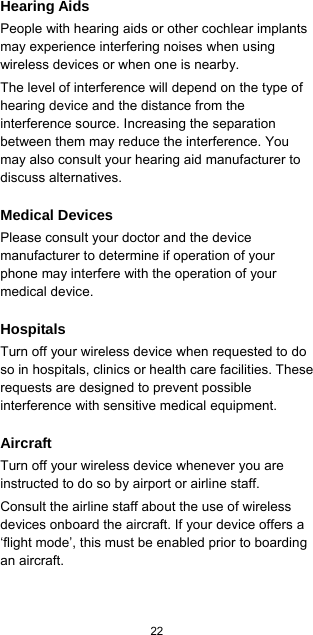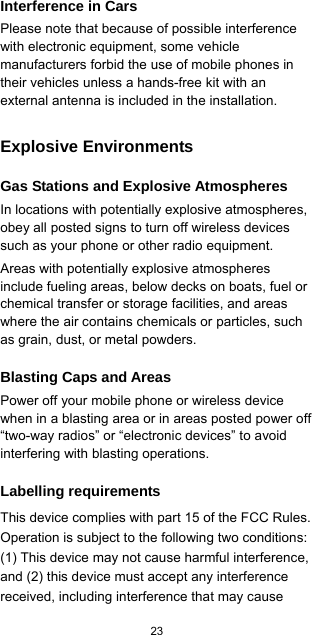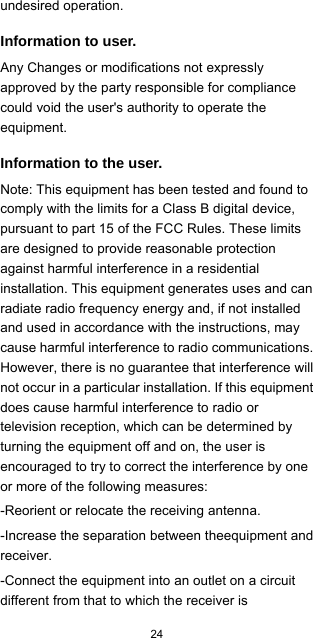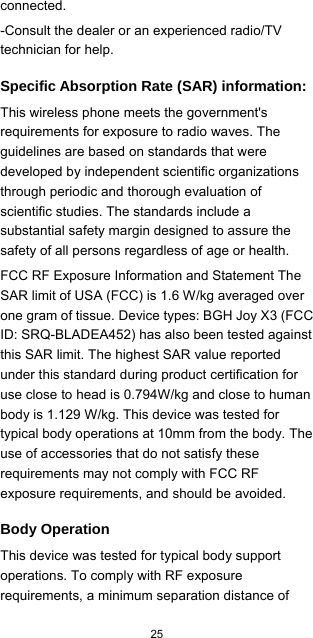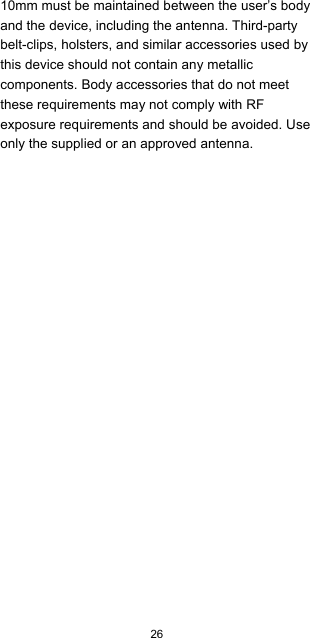ZTE BLADEA452 LTE/WCDMA/GSM(GPRS) Mutil-Mode Digital Mobile Phone User Manual BGH Joy X3 QSG 20151218
ZTE Corporation LTE/WCDMA/GSM(GPRS) Mutil-Mode Digital Mobile Phone BGH Joy X3 QSG 20151218
ZTE >
Contents
- 1. Users Manual
- 2. User Manual
Users Manual

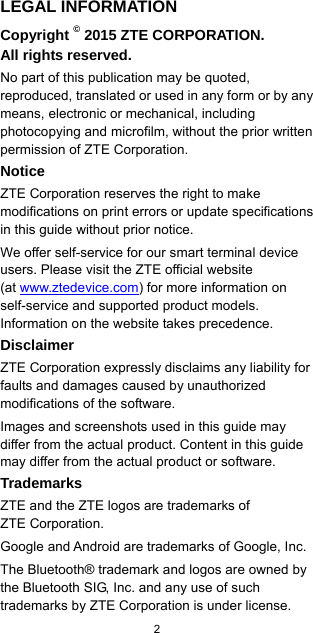
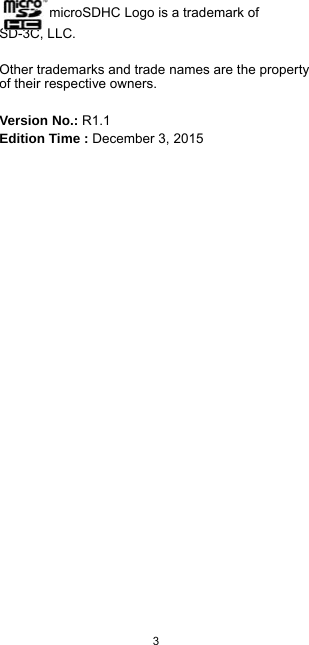
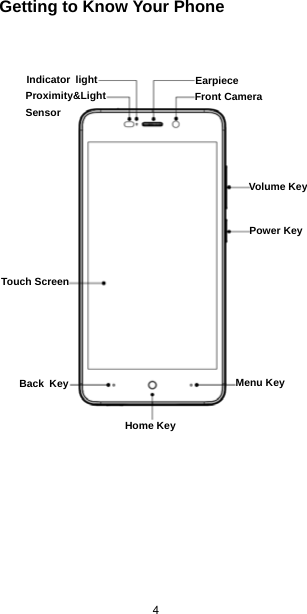
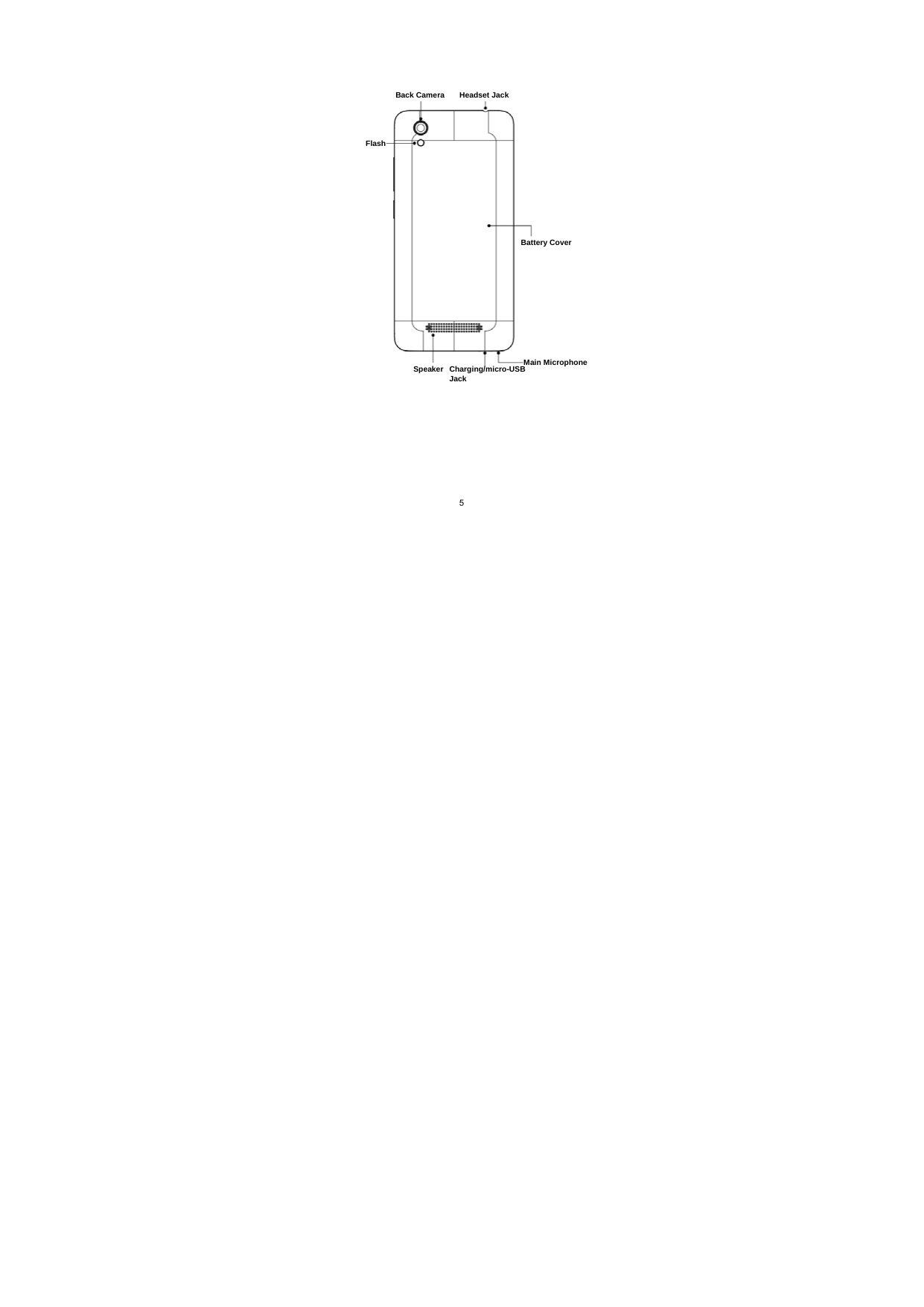
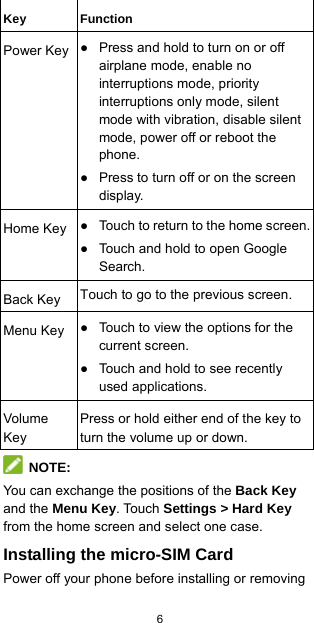
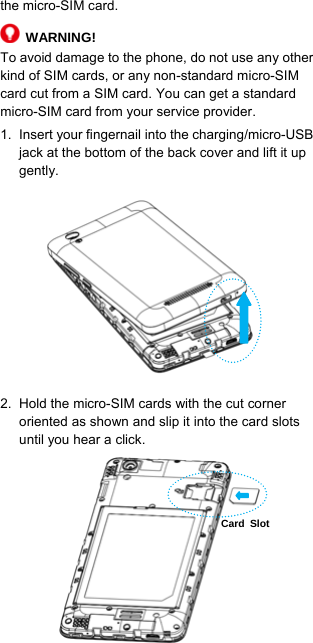
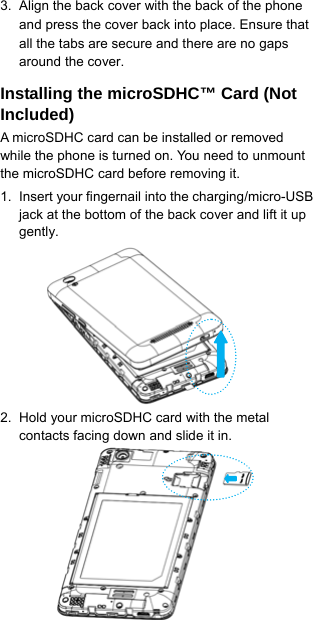
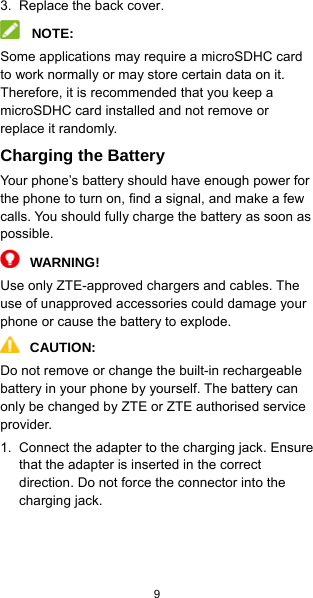
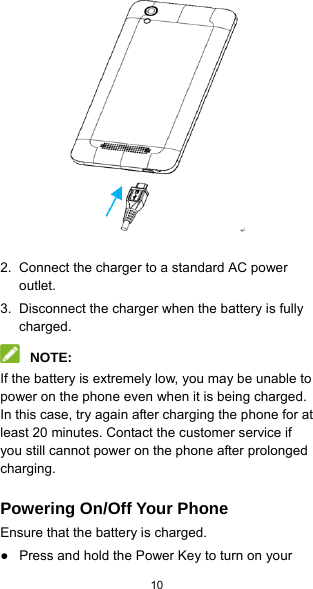
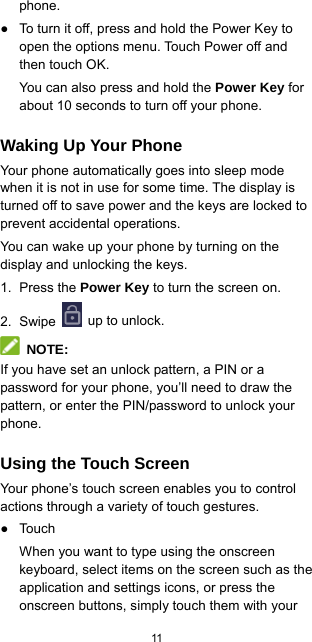
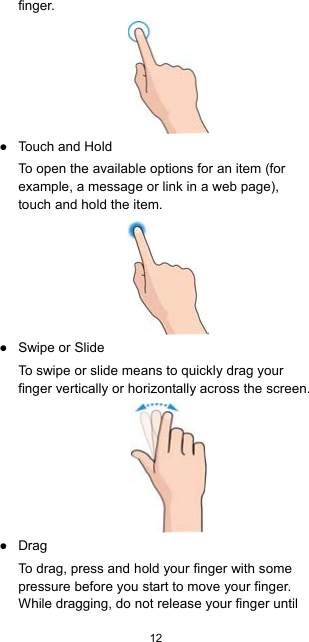
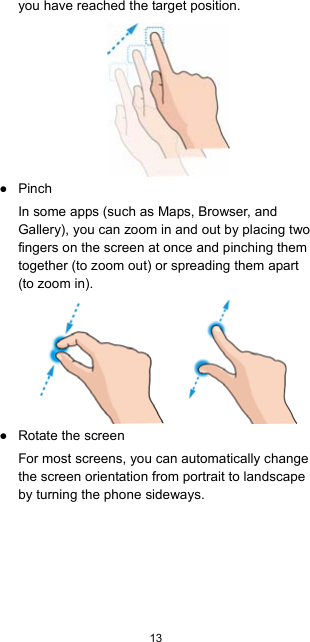
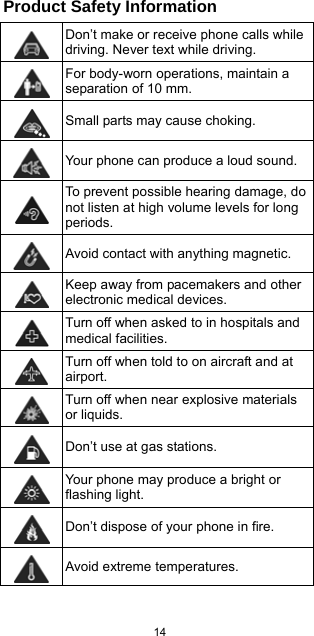
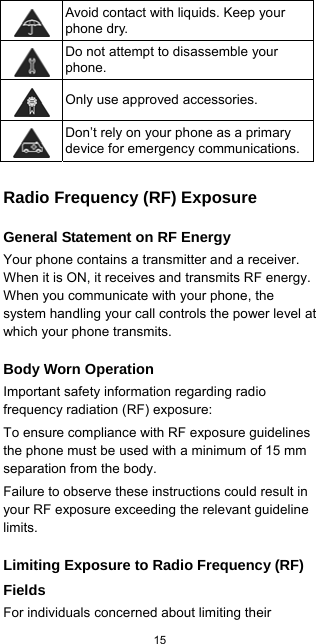
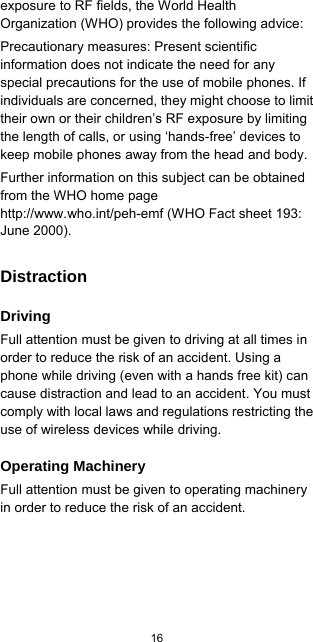
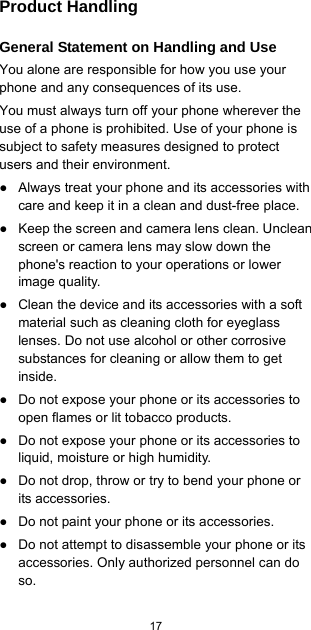
![18 ● Do not expose or use your phone or its accessories in an environment with or that can reach extreme temperatures, minimum - [15] and maximum + [60] degrees Celsius. ● Do not place your phone inside or near heating equipments or high pressure containers, such as water heaters, microwave ovens, or hot cooking utensils. Otherwise, your phone may be damaged. ● Please check local regulations for disposal of electronic products. ● Do not carry your phone in your back pocket as it could break when you sit down. Small Children Do not leave your phone and its accessories within the reach of small children or allow them to play with it. They could hurt themselves or others, or could accidentally damage the phone. Your phone contains small parts with sharp edges that may cause an injury or may become detached and create a choking hazard. Demagnetization To avoid the risk of demagnetization, do not allow electronic devices or magnetic media to be close to your phone for a long time. Electrostatic Discharge (ESD) Do not touch the micro-SIM card’s metal connectors.](https://usermanual.wiki/ZTE/BLADEA452.Users-Manual/User-Guide-2857665-Page-18.png)
